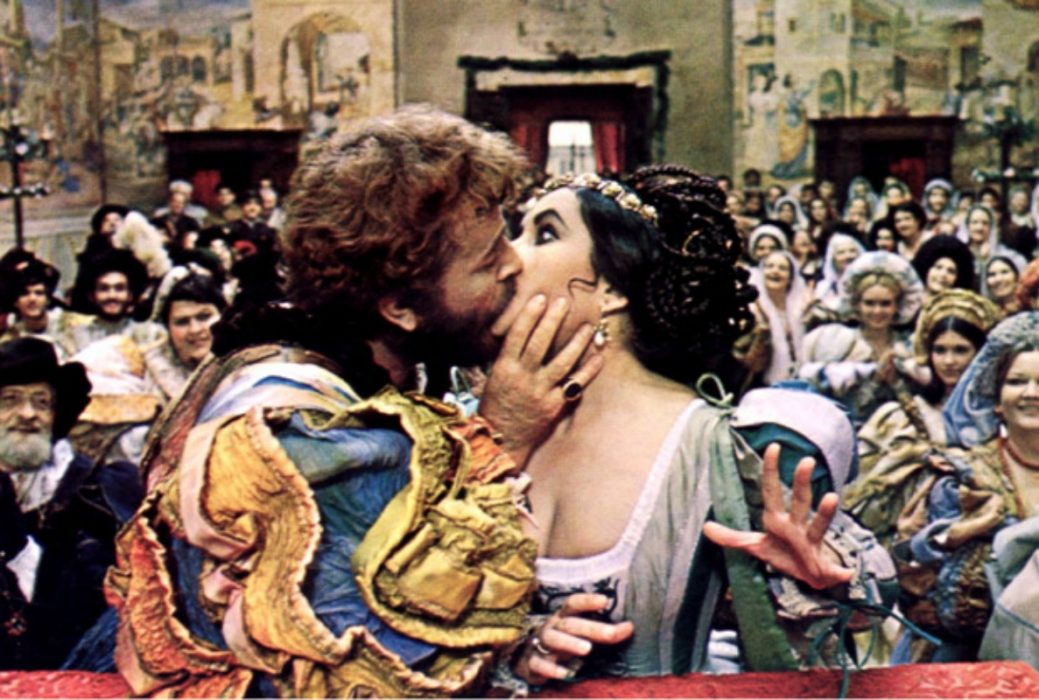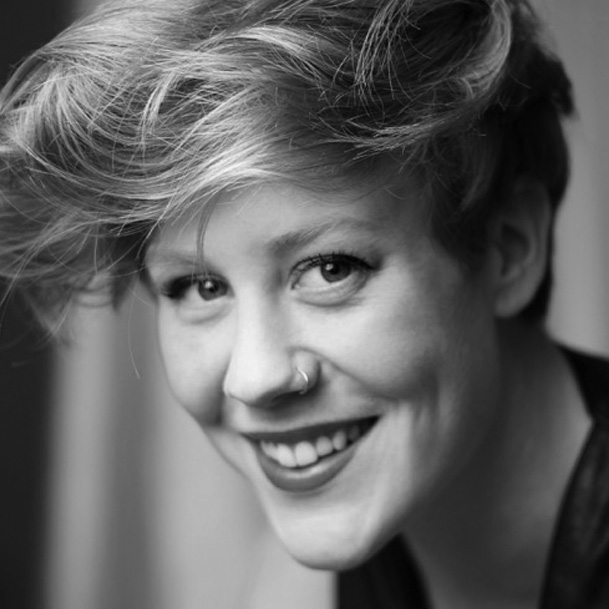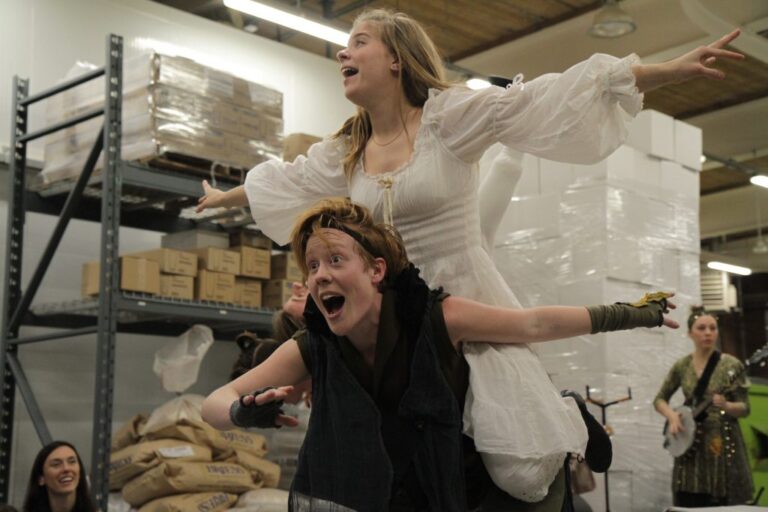Bringing New Life to Old Plays
Someone asked me recently: Why do we still do Shakespeare? This awoke in me a larger wondering about why we look backward so often in the theatre. The question, for me, has less to do with Shakespeare and more to do with the relevance of the past in our present creations.
When we preach so much about developing topical work surrounding our current cultural climate, why are we still producing old plays?
One of the projects in question is Driftwood Theatre’s tour of The Taming of the Shrew. Our director, Jeremy Smith, has chosen to set the play in June of 1989 on the weekend of the Pride Parade in Toronto. That weekend marks the twentieth anniversary of the Stonewall Riots in New York, which were a ferocious catalyst for the LGBT movement in Canada. The cast and creative team have been digging through and trying to unpack some of the tragedies and triumphs of the movement, dissecting their current relevance and the need for dialogue therein.

Drew O’Hara, Geoffrey Armour, and Tahirih Vejdani. Photo by Dahlia Katz
Personally, I search for physical pieces of history, artifacts we can see and touch. These little gems are invaluable in shaping my sense of a time period and often act as gateways to underrepresented parts of the story. Like ornate details on the frame of a beautiful painting. Like how, due to lack of funds during the early Pride Day years, the organizers would create mixed tapes for each parade and provide copies to all of the floats for playback during the event. The image of the tapes has been hanging around me. The literal action: attaching sound to tape, fitting tape in case, walking tape through crowd, passing tape from to hand to hand to hand. The necessary physical connections in the process of rallying. Or like how, on June 24, Obama added a brilliant and long-overdue action to his list of “great things to do before I get the fuck out of dodge and watch America crumble.” He officially designated a new national monument at the site of the Stonewall Riots in New York. (There have been 412 national monuments declared in the US and this is the first to have anything to do with the LGBT community.)
Things like these tapes, this monument, pride flags, the openly gay bars across Canada, are all pieces of evident change. I’m drawn to these aspects of research because they are attached to physical actions, things that were built as a result of the movement. Parts of the history we can relate to in a sensory capacity, beyond our intellectual understanding, are important in strengthening the translation of history into theatre as it is a living, breathing art form.
Now, of course that’s all very rich and interesting, but once the research is done, the dialogues had, the circumstances of the play fleshed out and we’re opening the doors to an audience, are these dates and facts playable actions on stage for the actors? Probably not. When we’re spitting Shakespeare’s words across the deck we aren’t thinking about the log of events surrounding the bathhouse raids or the accounts of police services framing queer people as pedophiles to persuade the mayor against them. Sure, we can hold up signs or cram scads of research into a director’s note to bring the audience up to speed, but all of that rests outside of the actual moment of action. Outside of the actual play. So why are we doing all this research?
T.S. Elliot says:
“Time present and time past
Are both perhaps present in time future”
I have come to believe that every instance of research, every moment of discovery, every horrifying truth is in fact present on stage with a company of actors. I have felt ghosts enter rehearsal halls and watch performers wrestle with the contents of old letters. I have seen communities peel themselves off couches to see their histories played out in front of them. I have seen first-time theatregoers waiting by the stage door to share precious anecdotes with strangers, be them actors or fellow audience members. I have watched the impulse to speak and share blossom in unlikely venues. I have seen education, relief, release, understanding, discussion, and undeniable change take place as a result of rigorous research and devoted reflection in the theatre.
“If all time is eternally present, all time is unredeemable.”
Most of my peers believe that, like history, plays slip away and, besides the playbills and awards on dusty shelves, they exist only in our minds and memories. But I would argue that our investment in unlocking and presenting these histories makes us an irreversible part of them. In telling them, we are folded into the stories.
I could trot out the piles of research I’ve been doing but I trust that information will be of more use to you if you seek it out yourselves. I could remind you that the fight for equality is still so staggeringly far from over but you already know this. I could encourage you to divorce your minds from the microcosm of the arts community and broaden your horizon beyond the rainbow castle of the left to raise your voice in the corners of the world that need to hear it more, but you either will or you will not. I cannot force you. I can only hope that if you undertake the exploration of a piece of the past you will have the presence of mind to do so thoroughly, patiently, and with as much curiosity as you can find. This cannot be said enough: you have to do the work.

Paolo Santalucia and Fiona Sauder. Photo by Dahlia Katz
The Pride movement is deeply rooted in celebration, which at its root is about clarity. This is what we strive for in art: to be understood in a place where we feel safe to make the noise we want, or need, to make. It’s an active thing. A human thing. Passing in time from hand to hand to hand. However we choose, we are obligated to carry the anthems of what has come before us as we move forward. The wailing and the wooing, the symphonies of protest, and the redemption songs. Sung and unsung, we owe this to the heroes of the past.
So yes, I will continue to participate in new productions of old plays but I will remember there is no room for lazy research. We must invest our whole selves, our minds, our time. We have an obligation. If I’m going to turn over an old stone I better be committed to reading what’s written on it. All of it. And if I’m not willing to read the whole thing then I’ll leave it where it lies. I’ll go make my own stone.
Driftwood Theatre’s The Taming of the Shrew is travelling across Ontario, performing in different cities until August 14. To see when it’s stopping in your city, and to get tickets, click here










Comments